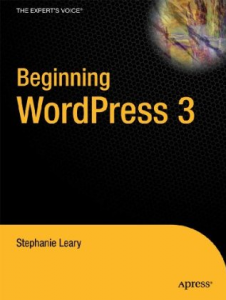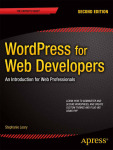- Misspellings. I know of at least one NYT bestseller whose name is misspelled in her page title. There’s no copyeditor between you and your web audience. And search engines won’t recognize you if there’s a typo in your name.
- Script kiddie language. (“R U sexxy?” Probably not.)
- Font abuse — a proliferation of colors and/or styles.
- Comic Sans.
- Page counters. Your host should be keeping traffic logs on the server that will give you much more accurate information, and there’s no need to publicize those numbers. Besides, there’s nothing sadder than a page that’s had thirteen visitors since 1997 — except one that tells you that on the home page.
- Web rings. These were moderately useful when Yahoo was young and it was hard to find all the sites on a particular subject, but please. This is the age of Google. Lose the 1995-era gimmick, mmmkay?
- “The Official Website of…”
- “Optimized” for a certain browser or resolution. Say it with me: an optimized page is one that works in any browser.
- Visible table borders, especially thick, beveled ones.
- Centering everything on the page. This layout is the refuge of an inexperienced designer — a good cure is Robin Williams’s The Non-Designer’s Design Book.
Whew. I think I’m done listing amateur telltales. On to happier topics….




Nicely done, a link to alertbox.com might top it off.
How about I just edit your comment to include the link, like so?
The trick with Nielsen is knowing when to ignore his frothy rantings. For that reason I hesitate to play him up to beginning web designers, but there’s no denying that he’s often right, even if his recommendations are sometimes extreme.
I agree with you saying Nielsen can be ignored at some points. I had never seen his pages on “web design etiquette” until just now. I would have to disagree with some of his statements.